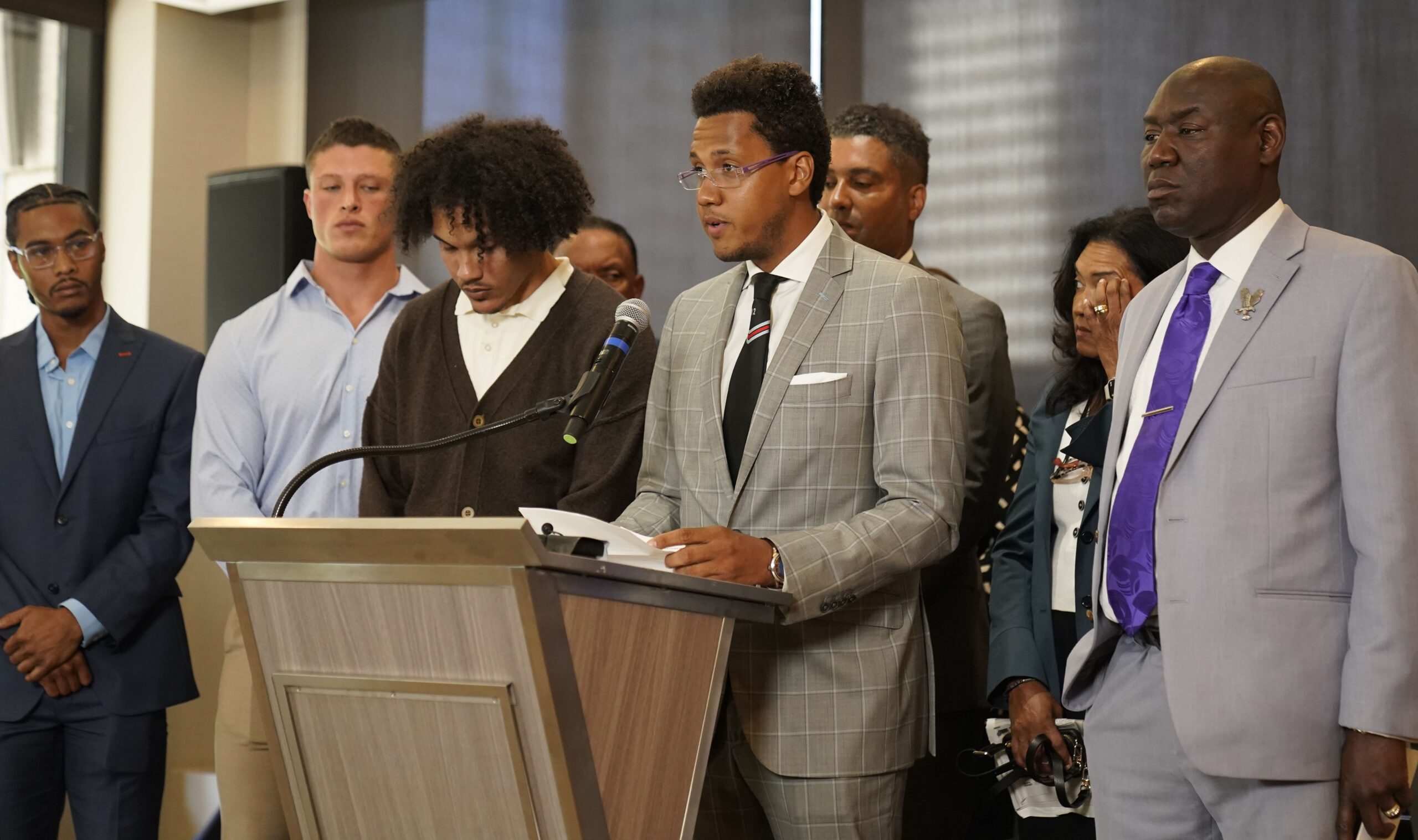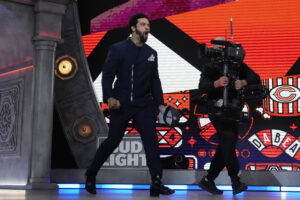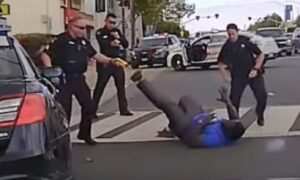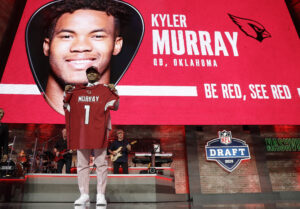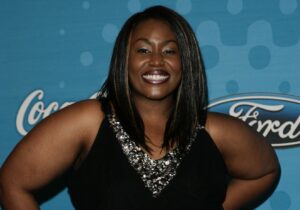The firing of football coach and Northwestern University alum Pat Fitzgerald and his baseball counterpart Jim Foster on allegations of hazing, bullying and racism sent shock waves through NU’s community and NCAA sports. NU trustees and administrators are under the microscope to understand how the toxic environment was allowed to endure.
Yet Black alumni warned both the community and the public as early as 2018.
Northwestern’s history with student-athletes is complicated. In 2018, we wrote “Voices and Visions: The Evolution of the Black Experience at Northwestern University,” the only telling of the nearly 150-year history of Blacks at the university. The book shared the first-person experiences of numerous student-athletes, describing the school’s culture and providing perspective for current events.
The overall theme: Athletes in general, and Black athletes in particular, played multiple roles and were involved in battles beyond what took place on the field.
Opinion
Black athletes, for example, were instrumental in integrating student housing and creating space for Black women. Norman Comer fulfilled his dream of becoming a halfback and linebacker in 1954, the year after men’s dorms were desegregated. Coaches George Steinbrenner (later of New York Yankees fame) and Ara Parseghian wanted him to stay at the Evanston YMCA, or live with Black Evanston families. Norman refused, demanding to stay in the student dorms. That refusal changed student life.
Comer also advocated for Black women’s enrollment. He noted, “When I was a freshman, there were no Black girls on campus…I believe Northwestern saw that as embarrassing. By senior year, there were 25 Black girls on campus.”
Decades later, Blacks were attending Northwestern and playing on athletic teams, but the separateness between races still defined campus life. Joe Webb, a 1982 Northwestern graduate (and later the director of financial aid and undergraduate admissions at NU) was from a small, integrated town and described segregation as being forced upon him at NU. That segregation ran counter to the nature of complete trust, respect and teamwork essential to team success. The bond that made them as close as brothers on the field, even in the midst of 30 straight losses, didn’t translate outside the locker room and off the field.
That environment within athletics and the university in general led Webb, Ben Butler, Mike Cannon and others — 31 male and female athletes — to create an organization called Black Athletes United for the Light (BAUL). BAUL gained prominence in examining the unequal treatment of Black athletes, such as Webb being pressured to return from an injury requiring surgery before he was ready to play and being forced to collect trash from the field as a means of “earning” his scholarship in the interim.
BAUL’s activities weren’t race-focused, but also sought to improve quality of life issues, such as autonomy in course selection, consistency in discipline, and the need to follow the right protocols when athletes returned from injury.
The group’s efforts, along with allegations about the use of racial slurs, plus the consequences of having to address these issues, led to the firing of Athletic Director John Pont and the entire football staff, including head coach Rick Venturi, in 1980. Then, in 1981, Dennis (Denny) Green was hired, becoming the first African American head football coach in any of the “power conference” schools.
All of this points to a history of turbulence, but we found in writing “Voices and Visions” that a cycle exists with these institutional challenges, from identification and denial, to confrontation, change and improvement. We hope and expect Northwestern follows up the removal of these coaches with a serious collaborative effort to build a better environment. History suggests it’s possible.
Daryl Newell, the current president of the Northwestern University Black Alumni Association and a 1986 graduate, was a freshman All-American athlete and served eight years as Northwestern’s representative for the Big Ten Diversity Committee. He described concerns from the 1980s that were a harbinger for issues in the news today.
“The challenges are not just about graduating, but immersing culture into the athletes’ experience,” Newell says. He describes students having their existences controlled by the athletics department, which was meant to be protective but produced feelings of isolation and other unpleasant, unintended consequences and pushback: “Student-athletes’ lives are programmed and only about football,” he said. “Historically, Northwestern athletes had ‘taken a knee,’ long before Colin Kaepernick.”
Kain Colter, a 2014 graduate and quarterback, led the unsuccessful two-year effort to unionize football players. It was opposed by Fitzgerald and had negative consequences for Kain and other supporters. Ironically, many of the concerns are now addressed by the new NIL (name, image and likeness) deals afforded them.
This sampling of Black football student-athletes at Northwestern reveals the challenges and triumphs that defined their existence. Success is slow and perilous, but progress has been made.
Jeffrey Sterling, MD, is a 1985 Northwestern graduate and was president of the Northwestern University Black Alumni Association from 2014-2018.
Lauren G. Lowery is a 1989 Northwestern graduate and was vice president of the Northwestern University Black Alumni Association from 2012-2014.
To submit a letter to the editor or op-ed, check out our guidelines.
The views and opinions expressed by contributors are their own and do not necessarily reflect those of the Chicago Sun-Times or any of its affiliates.

